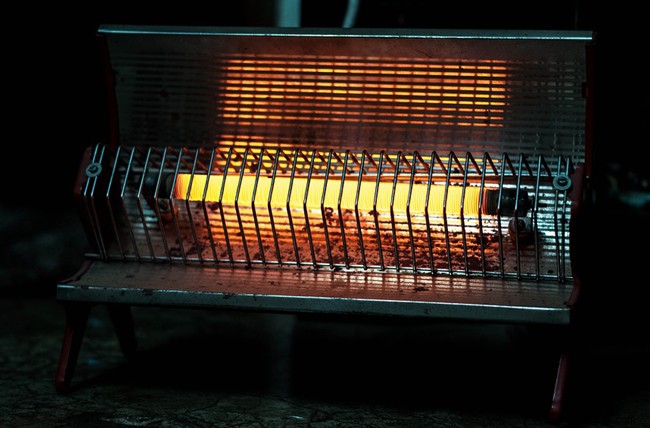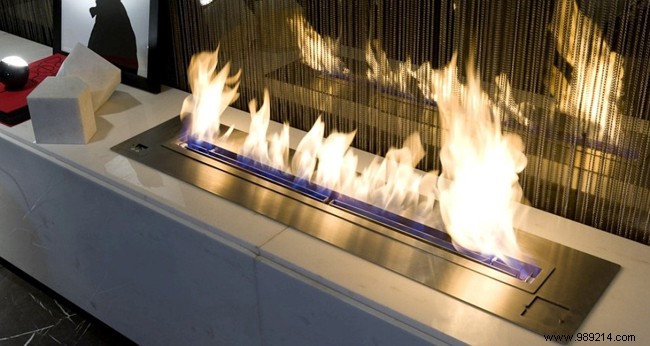
Intended to quickly heat an area on an ad hoc basis, the auxiliary heater is mainly used in the off-season, in adjoining rooms or poorly heated houses. The offer is so abundant in this field that the choice can become difficult. Here are some tips for finding the right model for your needs.
The main function of the auxiliary heater is to help fight against the drop in the thermometer at the beginning of autumn, or just after winter. It provides an additional solution to central heating which fails to meet the need for heating throughout the house. This device allows you to avoid fixed installations in places that do not need it, such as workshops, the garage, the laundry room, a mezzanine or guest rooms.
On the market there is a very wide range. Among the most common are gas heaters. Running on propane or bottled butane, they have the advantage of offering a high calorific power, which guarantees good heating comfort. On the other hand, they are not very aesthetic and are bulky. Infrared, infrared, brazier or catalytic models are the main alternatives.
The second category includes electric heaters. They are appreciated for their practicality and precision, since it is possible to choose the desired temperature in the house to the nearest degree. They are also mobile and therefore easily moved. The possible choices in this area are convectors, ceramic radiators, fan heaters, electric fireplaces or radiant heaters.
Another category is represented by auxiliary oil heaters. They are economical and autonomous for up to 48 hours. In addition, they have a high heat output, enough to guarantee a pleasant temperature throughout the room. However, we regret the unpleasant smell of oil that can escape from the device when it is operated. Within this range, the most common models are electronic stoves and wick stoves.
Latest model and not the least:bioethanol heaters, combining performance and design. But these devices must be installed in very well ventilated or ventilated housing.

One of the main criteria to consider when choosing a backup heater is the power, which must be adapted to the volume or surface area of the room. Optimum comfort is ensured with 100 watts per square meter. A model with several heating speeds is also recommended so that you can adjust the temperature according to the room of use.
In any case, do not hesitate to choose the model according to your specific needs. In a large ventilated room, for example, oil or gas heating is recommended. In rooms like the bathroom where the temperature needs to rise quickly, the electric heater with blower is perfect. If you have small children in your home, avoid wicking kerosene stoves and other bioethanol models. Electric fireplaces will find a place of choice in your living room or in your bedroom.